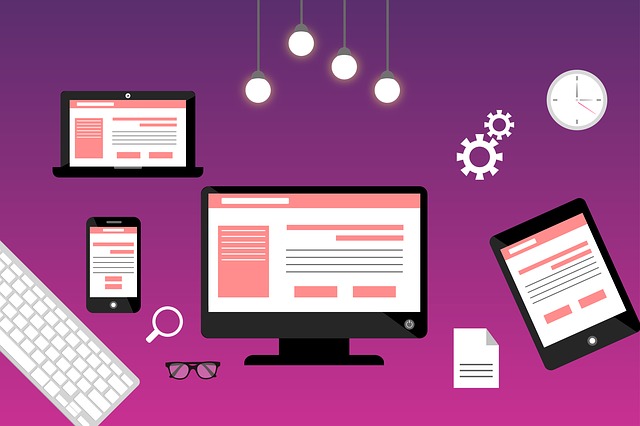It’s tough running a small business. Not only are you involved in the minutiae of day-to-day operations, but you’re also often forced to hone your skills in sales, logistics, bookkeeping, and any of a hundred different areas you were not previously familiar with. This often leads to a newfound respect for what is involved in those fields.
Yet, whether they’re hiring an in-house designer or employing the services of a freelancer or a digital design company, a lot of small business owners make the mistake of assuming they know more than they do. Perhaps it’s because design work has a lot of subjectivity, but it’s also likely because the impact of good design is not always easy to measure directly.
Here are three key things many small businesses misunderstand about design work.
1.) Design is art
While there are many elements of art and aesthetics in design work, design is primarily about function, while art is more focused on expression.
Both art and design are aesthetic. And sometimes, aesthetics is part of the function of a design. For instance, you may want something to look pretty in a way that appeals to a certain set of people so that they perform a specific action. In most instances, design is driven by utilitarian ideas and efficiency, which also imparts a beauty of its own in the final result. Taken together it’s easy to understand why so many people think design and art are the same.
Art, on the other hand, is not focused on function. Rather, it’s focused on making people feel certain emotions. Art doesn’t need to do anything else other than elicit some kind of primal response from people.
That isn’t to say art cannot play a role in design. Good designers are able to incorporate expressiveness into a design without compromising the main function. The best ones can harness it to make a design better than the sum of its parts.
2.) More is better
If there is one recurring theme in many amateur designs, be it logos, UX, UI, or anything else, it’s that the creators often feel the need to include as many elements as possible. However, offering too many choices and including too many things can lead to a lack of purpose which can ultimately weaken a design.
Minimalist philosophies are popular in the design world for this reason. It’s considerably easier to make a few elements work reasonable well than it is to make several elements work cohesively. This strength of purpose is why Apple computers continue to be loved and sell well even when they tend to be underspec’d compared to PC’s in the same price range. If you look at the world’s most recognizable logos, you’ll notice that most of them apply minimalist design philosophies as well.
3.) Designers are tools, not partners
This mindset is probably many design projects take so much longer than they should. Many business owners and managers who have no formal design experience themselves have very little understanding of what actually needs to happen before a successful design is produced.
It’s also often the reason why many managers may just take one very design based on their own vision and ask for countless do-overs after. This mindset often leads them to micromanage designers on specific details, causing countless revisions, wasted opportunities, and lost hours.
A better approach would be to treat designers like any other member of one’s team, as people capable of initiative –and yes, imagination. Asking for a set of options is often faster, less painful, and more cost-efficient rather than evaluating and revising one design ad infinitum.
What other things do small business owners miss? Tell us!

